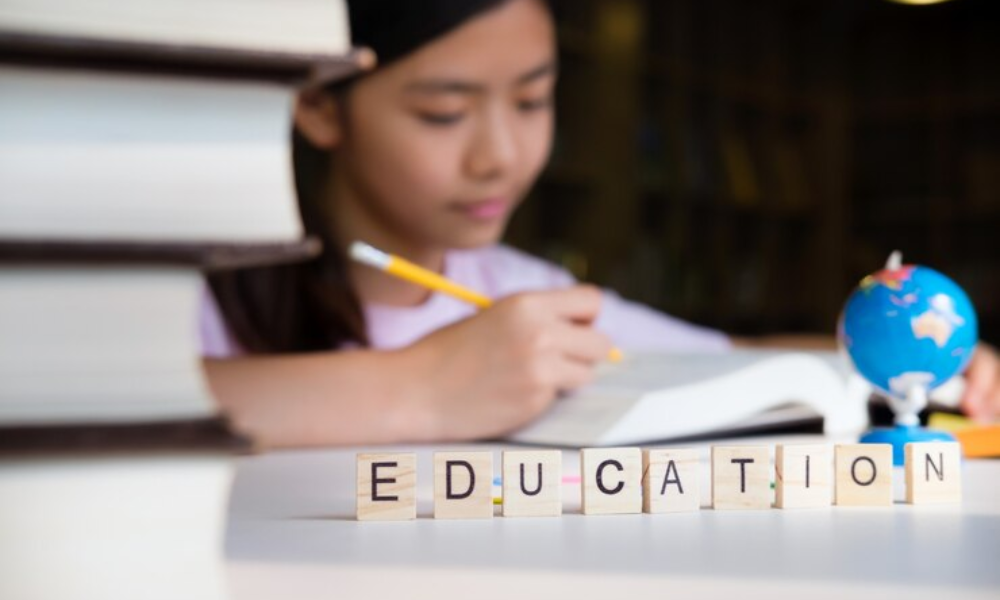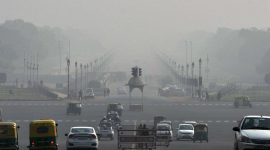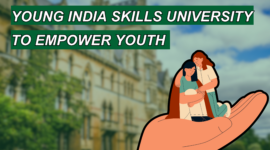In a landmark decision, the Supreme Court of India recently made a ruling that affects millions of students and parents across the country. The decision revolves around the right of economically weaker section (EWS Quota) students to gain admission to private schools, even if government schools are nearby.
This ruling has brought clarity and relief to many families, ensuring that quality education remains accessible to everyone, regardless of economic background. Let’s dive into the details of what this ruling means and why it’s important for students and parents.
Understanding the Background: What Is the EWS Quota?

The Right to Education (RTE) Act of 2009 was introduced to ensure that every child in India has access to free and compulsory education. As part of this act, private unaided schools are required to reserve 25% of their seats for children from economically weaker sections (EWS) and disadvantaged groups.
This means that children who might not otherwise be able to afford private school fees can still get a quality education, with the government reimbursing the fees to these schools.
However, a recent notification by the Maharashtra government had attempted to exempt private schools from this obligation if a government or government-aided school was located within a one-kilometer radius. This sparked a significant legal debate, leading to the involvement of the Bombay High Court and, eventually, the Supreme Court.
The Legal Battle: Maharashtra Government vs. EWS Students

On February 9th, the Maharashtra government issued a notification that would allow private schools to bypass the 25% EWS quota if a government school was nearby.
The rationale behind this was that students from economically weaker sections could attend these government schools instead. However, this notification was quickly challenged in court by the Association of Indian Schools.
The Bombay High Court struck down this notification, arguing that the existence of a government school in the vicinity should not prevent EWS students from accessing quality education in private schools. This decision was seen as a victory for advocates of inclusive education, but the matter didn’t end there. The Maharashtra government appealed to the Supreme Court, seeking to overturn the High Court’s ruling.
The Supreme Court’s Decision: A Win for Inclusive Education

The case was heard by a bench of Chief Justice of India (CJI) DY Chandrachud, along with Justices JB Pardiwala and Manoj Misra. In their ruling, the Supreme Court upheld the Bombay High Court’s decision, effectively rejecting the Maharashtra government’s attempt to exempt private schools from the EWS quota.
CJI Chandrachud emphasized that children from economically weaker sections have a statutory right to access quality education in private schools. He posed a poignant question: “Why should we relegate them to government schools and deny them the opportunity to study in good private schools?” This statement underscores the belief that every child, regardless of economic background, deserves the best possible education.
Why This Ruling Matters to Parents and Students

For many parents, especially those from economically weaker sections, the dream of providing their children with a quality education can often seem out of reach.
Private schools are often perceived as offering better resources, facilities, and opportunities for extracurricular activities compared to government schools. This ruling ensures that children from EWS quota backgrounds can access these opportunities, which could have a profound impact on their future.
Moreover, the ruling highlights the importance of diversity in education. CJI Chandrachud pointed out that when students from different socio-economic backgrounds study together, it benefits everyone. Children from affluent families get a chance to understand and empathize with the struggles of those from less privileged backgrounds, which can lead to a more inclusive society.
Reflections from the Supreme Court: The Impact on Society

During the hearing, CJI Chandrachud shared some personal reflections that resonated with many. He spoke about his own educational journey, mentioning how studying in different environments enriched his understanding of India’s diverse society. He emphasized that exposing children to diverse social backgrounds, even within the school environment, is crucial for their overall development.
CJI Chandrachud argued that while government schools may offer quality education, they often lack the resources that private schools have. This disparity can limit the opportunities available to EWS quota students if they are restricted to attending only government schools. By upholding the 25% EWS quota in private schools, the Supreme Court has ensured that these children are not denied the chance to receive the best possible education.
Challenges and Opportunities for Private Schools

This ruling also presents challenges and opportunities for private schools. While some may argue that this adds an additional burden on private institutions, the Supreme Court’s decision highlights the role that these schools play in promoting social equity.
By admitting students from economically weaker sections, private schools are not just fulfilling a legal obligation; they are contributing to the creation of a more inclusive and diverse learning environment.
This diversity can also be beneficial for the schools themselves. Students from different backgrounds bring unique perspectives, which can enrich the classroom experience. Moreover, the interaction between students from various socio-economic strata can lead to greater understanding and empathy, preparing them to be more compassionate and well-rounded individuals.
What This Means for the Future of Education in India

The Supreme Court’s ruling is a significant step toward ensuring that every child in India, regardless of their economic background, has access to quality education. It reinforces the idea that education is a fundamental right and that the state, along with private institutions, has a responsibility to uphold this right.
For parents and students, this ruling brings hope and reassurance. It means that children from economically weaker sections will continue to have the opportunity to study in private schools, benefiting from the resources and opportunities these schools offer. It also means that the dream of a better future through education is still very much alive.
Conclusion: A Fair Chance for Every Child
The Supreme Court’s decision to uphold the Bombay High Court’s ruling is more than just a legal victory; it’s a victory for fairness and equality in education. By ensuring that private schools cannot refuse EWS quota admissions just because a government school is nearby, the court has reaffirmed the importance of inclusive education in India.
For students and parents, this ruling is a reminder that education is a right, not a privilege. It ensures that all children, regardless of their economic background, have the opportunity to learn, grow, and succeed in a supportive and resource-rich environment.
As we look to the future, it’s clear that the path to a more equitable society begins with education. And with decisions like this, we are moving one step closer to that goal.









